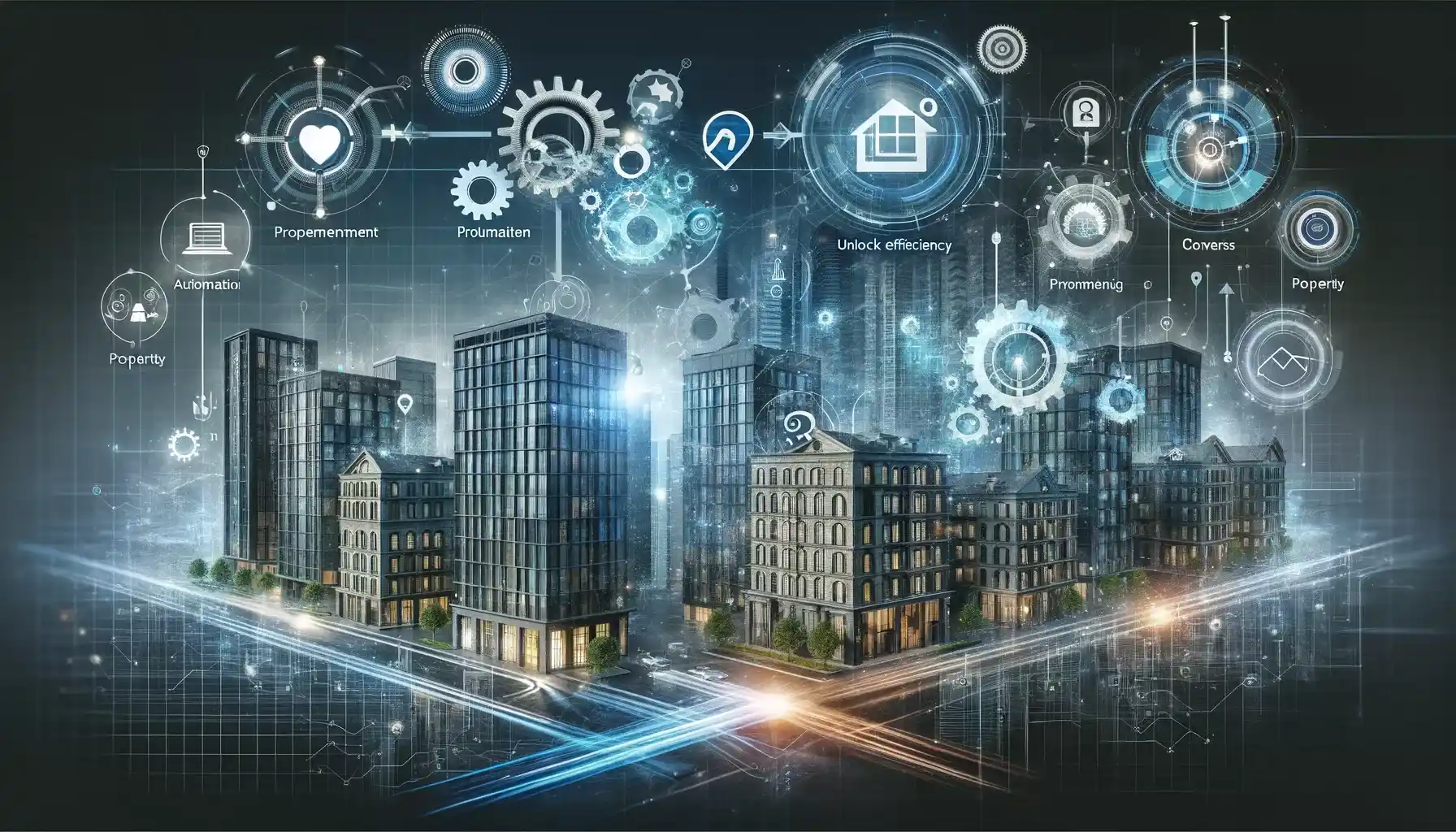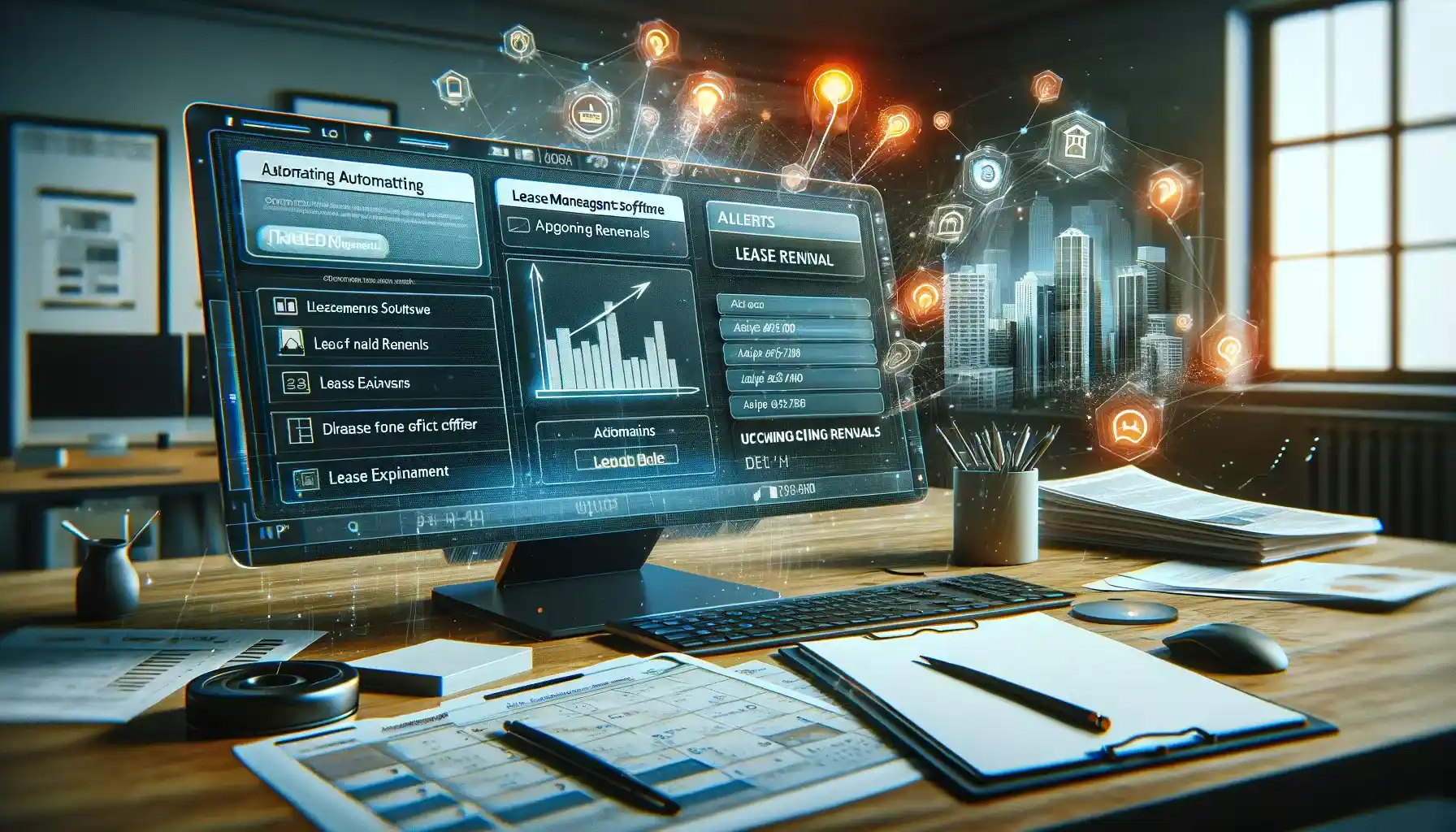In an ever-evolving real estate landscape, Property Management Process Automation emerges as a beacon of efficiency. This article delves into five pivotal steps to harness the power of automation in property management, bolstered by real-world examples. From implementing robust management systems to leveraging smart technology for maintenance, each step offers tangible benefits for streamlining operations and enhancing tenant satisfaction.
By embracing automation, property managers can not only reduce manual labor but also make informed decisions backed by data analytics. Join us on this journey as we unlock the transformative potential of Property Management Process Automation in today’s dynamic market.
What is property management process automation?

Property Management Process Automation (PMPA) refers to the integration of technology and software solutions to automate various tasks and processes within the realm of property management. This encompasses a wide range of activities such as lease management, rent collection, maintenance scheduling, tenant communication, accounting, and more.
By leveraging automation tools and systems, property managers can streamline workflows, reduce manual labor, minimize errors, enhance operational efficiency, and ultimately improve the overall management of properties. PMPA enables property managers to focus more on strategic decision-making and delivering high-quality services to tenants, thereby optimizing their operations and maximizing returns on investment.
AI property management
AI property management, also known as Artificial Intelligence property management, refers to the application of artificial intelligence (AI) technologies and algorithms to improve and streamline various aspects of property management process automation. This includes tasks such as tenant communication, maintenance scheduling, rent collection, lease management, and property marketing.
Here’s how AI is commonly applied in property management:
- Predictive Maintenance: AI algorithms can analyze data from sensors installed in buildings to predict when maintenance is needed, such as detecting potential issues with HVAC systems or plumbing. This proactive approach helps prevent costly repairs and downtime.
- Automated Communication: AI-powered chatbots can handle routine tenant inquiries, such as maintenance requests or rent payment reminders, freeing up property managers’ time for more complex tasks.
- Dynamic Pricing: AI algorithms can analyze market trends, demand, and property features to adjust rental prices dynamically. This ensures that properties are competitively priced to maximize occupancy rates and rental income.
- Tenant Screening: AI can streamline the tenant screening process by analyzing applicants’ financial history, credit scores, and rental backgrounds to assess their suitability and reliability as tenants.
- Energy Management: AI can optimize energy usage in buildings by analyzing data from smart meters and sensors to identify opportunities for energy savings, such as adjusting heating and cooling systems based on occupancy patterns.
- Market Analysis: AI can analyze real estate market data to provide property managers with insights into market trends, demand, and property valuations, helping them make informed decisions about property acquisitions, sales, and leasing strategies.
- Workflow Automation: AI-powered platforms can automate routine administrative tasks, such as generating lease agreements, scheduling property inspections, and tracking rental payments, improving efficiency and reducing manual errors.

1. Implementing a Comprehensive Property Management System
The first step to unlocking efficiency is the adoption of a comprehensive property management process automation system. These platforms, including Property Management Software, offer a suite of tools for managing listings, leases, maintenance requests, tenant communication, and financials. For instance, software like Yardi and AppFolio have transformed operations for many property managers by centralizing tasks and automating routine processes.
A medium-sized property management Process automation company in Seattle adopted AppFolio and saw a 30% reduction in time spent on administrative tasks, allowing them to focus more on tenant satisfaction and property acquisition.
2. Automating Tenant Communication and Requests
Efficient communication between tenants and property managers is crucial. Automation tools can streamline this by providing online portals for maintenance requests, rent payments, and communication. This speeds up the process and keeps a digital record of all interactions.
Alerting tenants of routine maintenance such as checking smoke detectors, or larger projects like painting hallways, is also particularly time-consuming. You can automate these alerts using property management process automation software like RentBridge or Entrata, among others.A property management firm in Chicago introduced an automated tenant portal. The result was a 40% decrease in call volume to their office, and maintenance requests were resolved 25% faster, significantly improving tenant satisfaction
3. Leveraging Smart Technology for Property Maintenance
Smart technology, including IoT (Internet of Things) devices, can play a significant role in automating property maintenance. Smart sensors can detect issues like water leaks or electrical faults before they become major problems, automatically notifying property managers.
In a property management process automation in a luxury apartment complex in New York, smart water sensors were installed to detect leaks. The system prevented a major flood by alerting the management to a leak in its early stages, saving thousands in potential damages.
4. Automating Lease Management and Renewal Processes
Lease management can be a time-consuming process, involving the tracking of lease terms, renewals, and expirations. Automation software can alert managers to upcoming renewals, generate renewal offers, and even handle electronic signatures, making the process seamless and efficient.
It’s incredibly easy to automate the lease renewal process! Using software like Visual Lease or AppFolio, you can enter lease terms when a tenant moves in.
Then, when their lease renewal date is approaching, the software will automatically send them your personalized lease renewal email. This email can contain information on how to proceed with renewing their lease, changes in rent, and more.

5. Utilizing Data Analytics for Strategic Decision Making
Finally, the power of data analytics cannot be overstated. Automated systems collect vast data on tenant behavior, maintenance costs, and financial performance. This data can be analyzed to make informed decisions about pricing, maintenance schedules, and investment opportunities.
A property management group in Florida used data analytics to optimize its pricing strategy, resulting in a 10% increase in revenue. By analyzing trends and occupancy rates, they were able to adjust prices dynamically, maximizing their income.
Conclusion
Property Management Process Automation (PMA) is not just a trend but a necessity in today’s real estate landscape. By implementing the five key steps outlined in this article, property managers can unlock efficiency, reduce manual labor, and enhance tenant satisfaction. Real-world examples demonstrate the tangible benefits of embracing automation, from streamlining communication to optimizing maintenance processes.
As technology continues to evolve, the potential for PMA to revolutionize property management process automation is immense. By harnessing the power of automation and data analytics, property managers can stay ahead of the curve and navigate the dynamic market with confidence.





